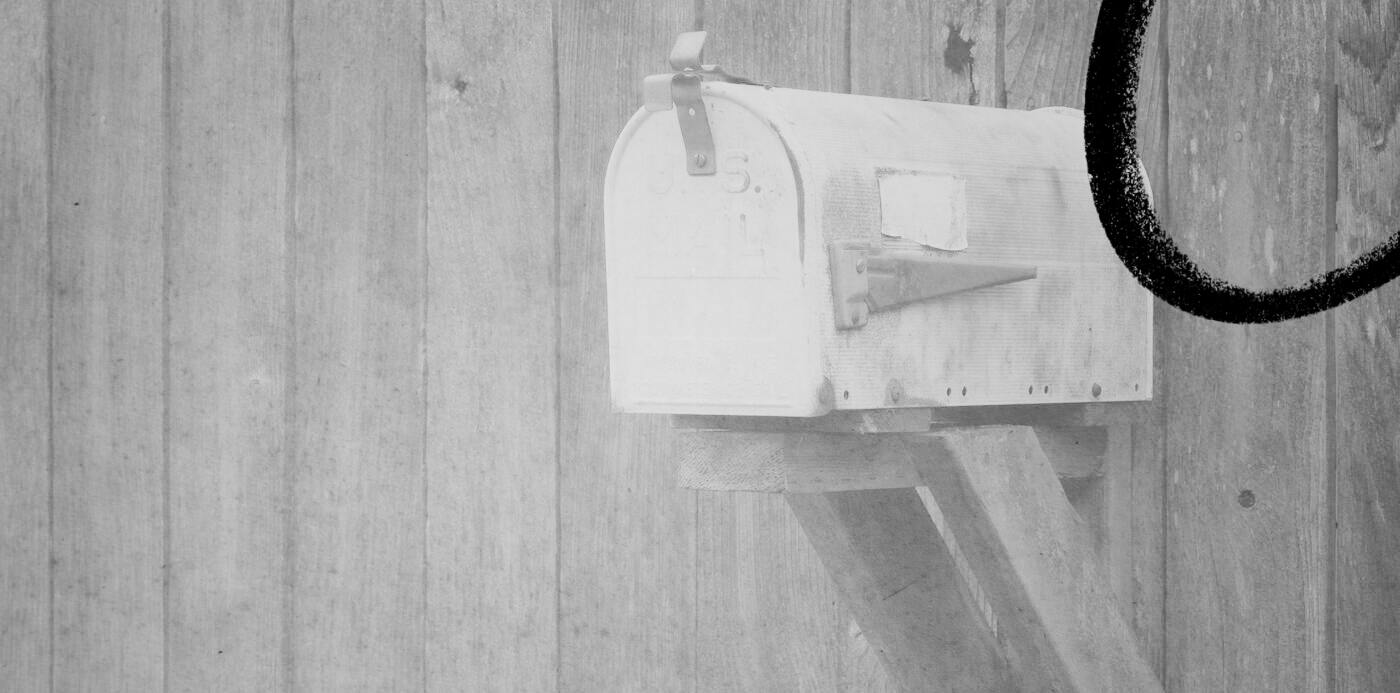This is a free preview of a subscribers-only post.
Welcome to another edition of Cyberbits—a bi-weekly column on all things internet culture, from TikTok trends to random corners of Reddits to secret online subcultures. I send out Cyberbits in between working on longer essays.
What I Wrote This Week
Yesterday, I published a long-form piece on The Blurred Lines of Parasocial Relationships. I dove into the phenomenon of these one-sided relationships between fans and entertainers that were first described by Donald Horton and Richard Wohl in 1956:
“The interaction, characteristically, is one-sided, nondialectical, controlled by the performer, and not susceptible of mutual development.”
Since then, this dynamic has only become more pronounced and widespread with the rise of reality television and the rise of the internet influencer that followed. Both primed us to expect and even demand intimacy—personal stories, private confessions, embarrassing stories—as entertainment.
For online creators, sharing intimate life details is now part of the job description, creating closeness with strangers. But social media has changed parasocial relationships in a key way: more and more, creators are reciprocating—responding to comments on Instagram, stitching TikToks from fans, and sharing shoutouts on live streams. This, and the eagerness of platforms to commoditize parasocial relationships for cash, has led to a disappearing divide between “fans” and “friends”.
Read the article in full for a deep dive into these virtual relationships, how social media platforms like YouTube, TikTok, Twitch, and OnlyFans are helping deepen them, and the consequences for both creators and their fans.

